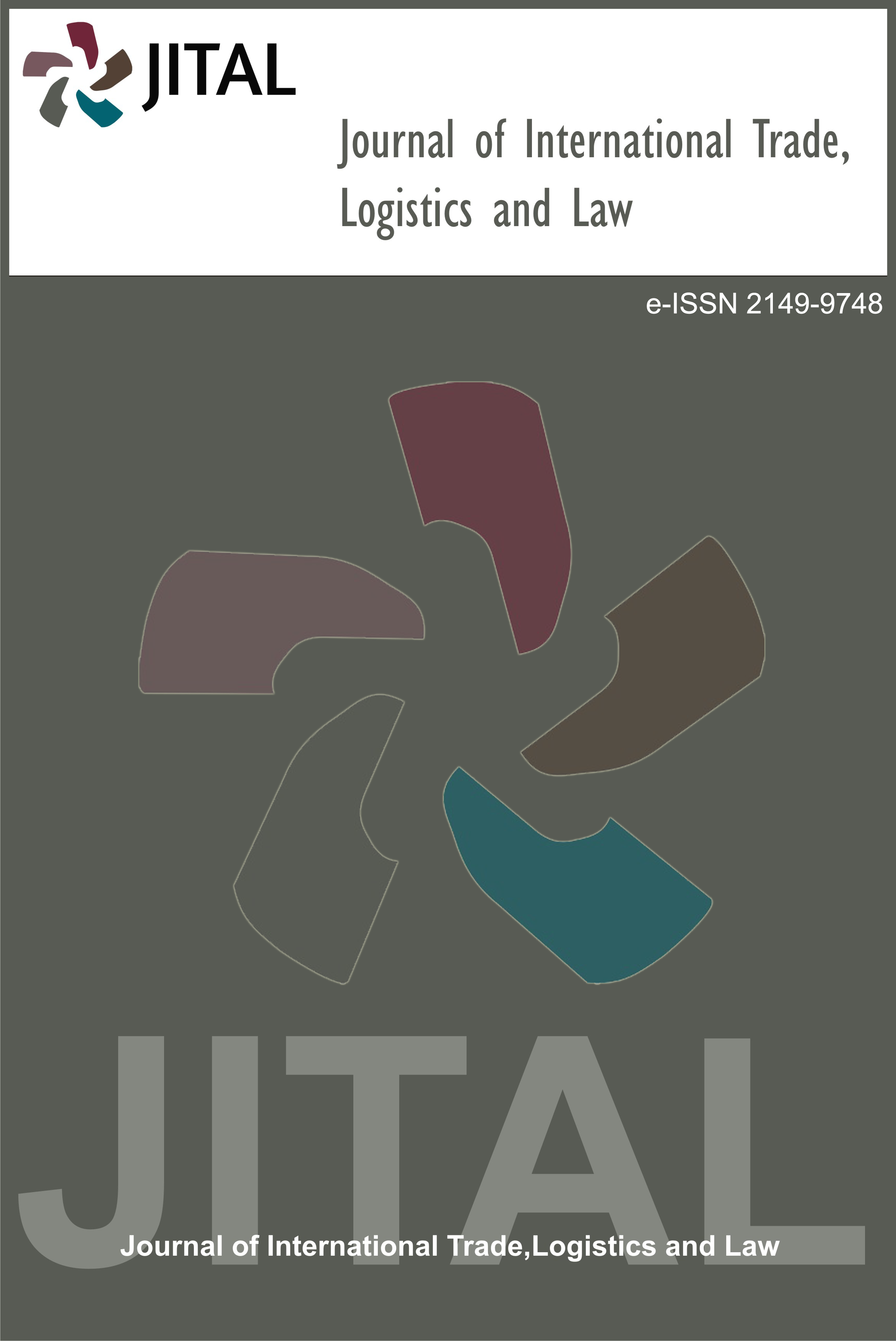Its strength, as well as its presence, is vital: Managing HR systems as a process
Abstract
Within the scope of organizational behavior, human resource management has been among the most popular research areas for nearly half of a century. The relationship between human resource management and organizational performance is one of the most attractive topics for researchers and business practitioners. Researchers, who have focused on different human resources management "contents" (job satisfaction, organizational commitment, performance appraisal, incentive wage systems, etc.) for a long time, not only have argued in the last 20 years that the content alone is not enough, but also emphasized the importance of the "process" of applying these contents. The "HRM System Strength" theory, which Bowen and Ostroff introduced in 2004, inspired by Mischel's (1982) Strong Situation approach and Kelley's (1967) covariance model of attribution theory, stands out as the most remarkable of the above-mentioned "process" focused studies. HRM System Strength focuses on the common opinion of the employees about what is expected from them by the organization, and its basic proposition is that the company has a strong HR system depending on how distinctive its HR practices are , how consistent they are , and to what extent it has consensus among employees. In this article, we will discuss in detail the concept of HRM system strength, its underlying theories, its 3 sub-dimensions and its relationship with other related HR applications.
Keywords
Full Text:
PDFIndexing and Abstracting Services










Other Sources and Services


License

Journal of International Trade, Logistics and Law is licensed under a Attribution-NonCommercial 4.0 International (CC BY-NC 4.0).


